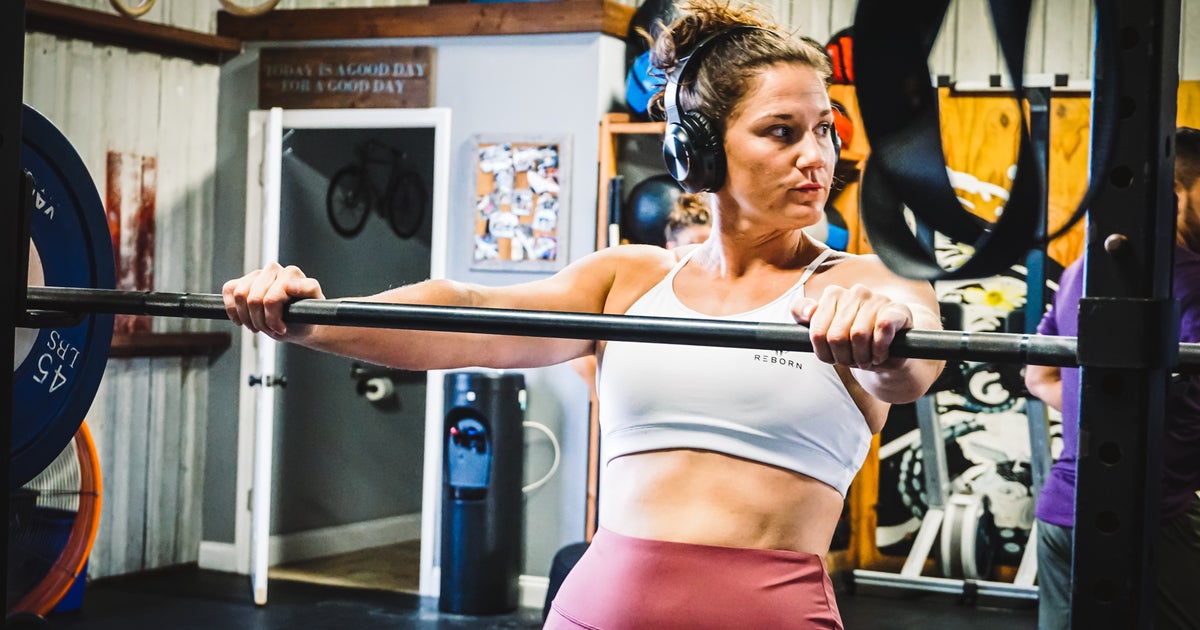Important tips to be ready for the gym
When structuring a workout, there are three main phases; the warm-up, the main workout, and the cool-down. The main workout involves subsections performed in a specific order to avoid draining energy and causing quick fatigue. For new lifters, it’s important to do lightweight or body-weight exercises in order to focus on stability and mobility. Adding heavy weight without the proper form can lead to injury. Programs should address weaknesses and imbalances, core function, and flexibility. More intermediate lifters should focus on movement training, with an emphasis on controlled motion.
1. Warm Up
Warm-ups should be around five to fifteen minutes. A warm-up should consist of dynamic stretching, full range of motion exercises, and movements similar to those in the workout phase. This is debatably the most important part of your workout because it raises heart rate, increases blood flow, and helps to stabilize joints.
Examples:
Leg day: walking lunges with a twist, leg swings, hip circles, air squats, high knees
Upper body day: arm circles, overhead tricep stretch, cross-body shoulder stretch, wrist flexion, and extension
2. Main workout
The main exercises should be organized from least to most demanding, and complex before simple. For least to most demanding, do power, then strength, then hypertrophy, and finally endurance. For complex before simple, compound or multi-joint movements should be performed before accessory or single-joint exercises.
Splits is a term used to describe how you separate muscle group days. It’s important to give muscles time to recover, so working the same muscle group shouldn’t be done two days in a row. Some common split examples are lower-upper, push-pull, or chest and tris–back and bis–legs. The five primary movements that should be performed at the end of the split are bend-and-lift, single-leg, pushing, pulling, and rotational. These primary movements are used in everyday life, such as opening a door, putting on a seatbelt, or picking something off the ground.
There are different types of exercise set options. Compound sets operate like muscles that work together to perform movements. An example of a compound set is bench presses and tricep extensions. These are done with light to moderate weight and are better for intermediate to advanced lifters because they cause high muscle fatigue.
Supersets work opposing muscles; one example is bicep curls and overhead tricep extensions. These are best done toward the end of the workout because they require endurance. They are a set of an exercise, such as biceps curls, immediately followed by a set of an exercise that targets an opposing muscle group, in this case, tricep extensions. While there’s no rest between the two exercises, one should be taken after the completion of both. Drop sets work until muscular failure is reached at high weight and low repetition (rep), after which the next set is completed with a lighter load and higher rep with little to no rest.
Another key factor in planning workouts is progressive overload. This can be achieved by adjusting the variables of exercises to increase stimulus and thereby adaptation. Examples of progressive overload include changing load (increasing weight and/or volume), increasing sets or reps, and increasing time under tension. Progressive overload may also involve eccentric training, decreasing rest time, and changing training frequency. Progressing the exercise to increase the difficulty and decrease stability is also common. For example, moving from Romanian deadlifts (RDLs) to single leg or back squats to overhead squats.
3. Cool down
After the main workout, it’s important to perform a cool down. This phase should last for ten to fifteen minutes, with the goal of calming the body. Cooldowns lower heart rate and help clear lactic acid from the muscles, reducing soreness. This is where static stretching and light aerobic activity should occur. Light walking, upper and lower body stretches, and rolling out are good ways to allow the body to cool down. It’s important to restore the body’s physiological systems to close to their resting state after a workout to help with stress relief, preventing injuries, and supporting recovery.
Novice, intermediate, and advanced lifters should create a plan before heading to the gym in order to not waste time once they get there. Tracking your workouts is also a great way to see how and where changes need to be made in your program in order to achieve progressive overload. Program cycles should last from four to six weeks without much change in the exercises performed. This allows the body to adjust to the program and muscles to grow. Extreme differences won’t be seen quickly, but following a program with a supporting diet will help achieve progress. First, you’ll feel it, then you’ll see it. It just takes time and consistency.


